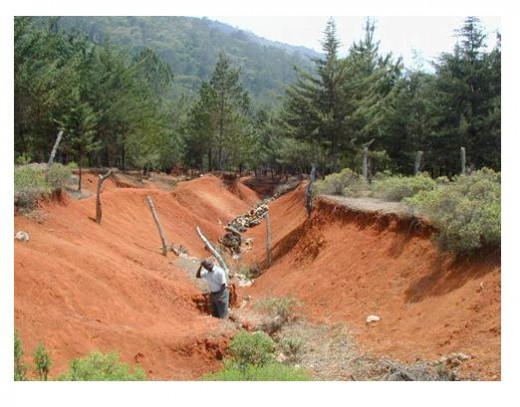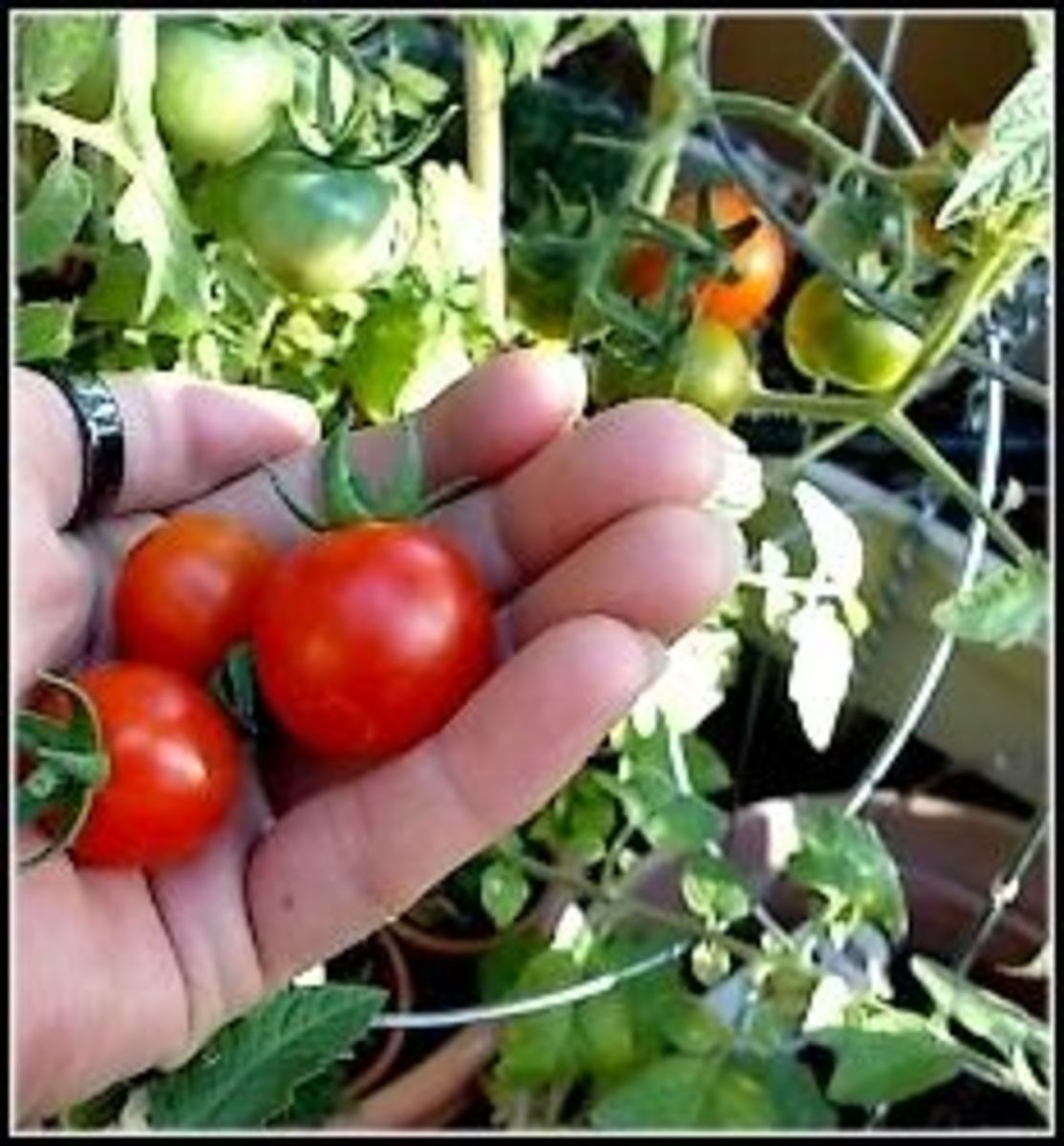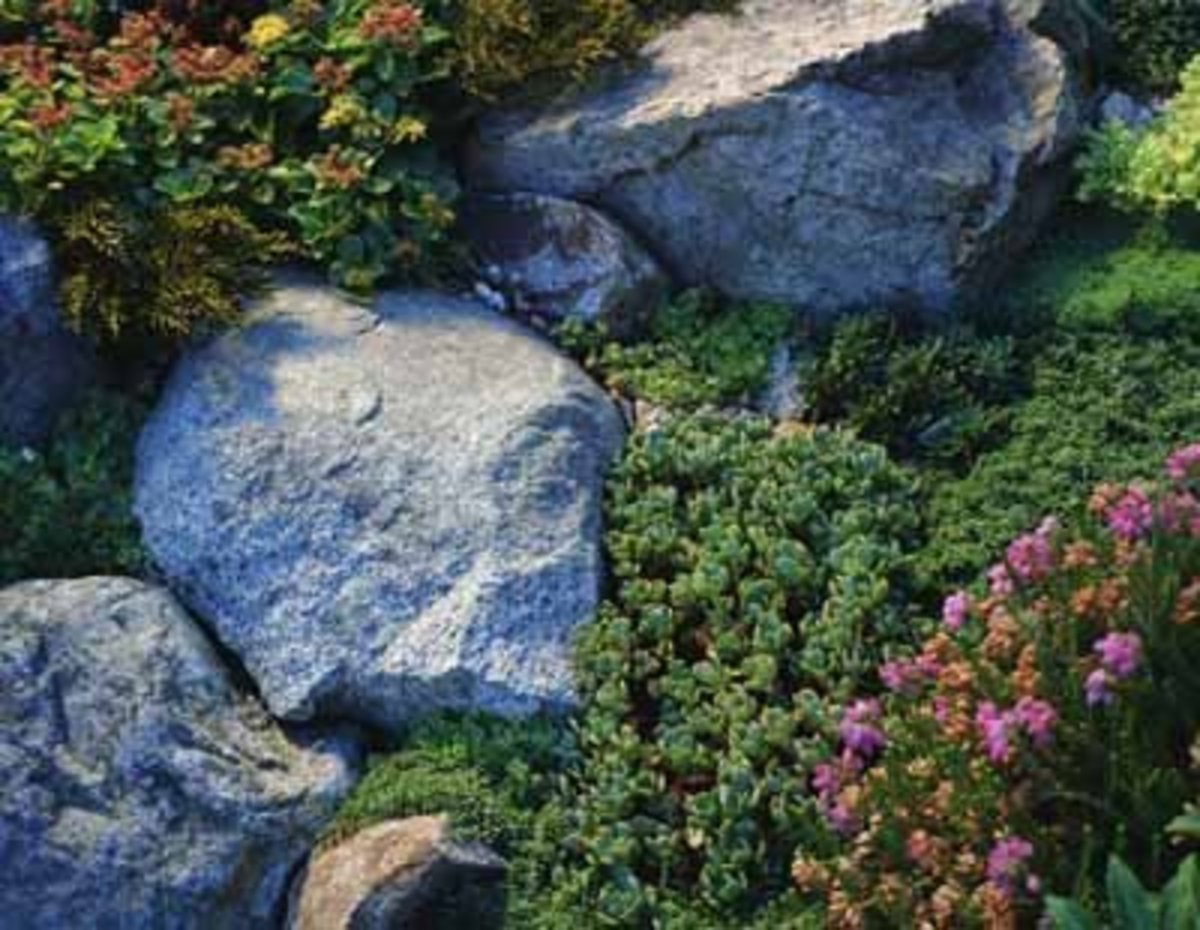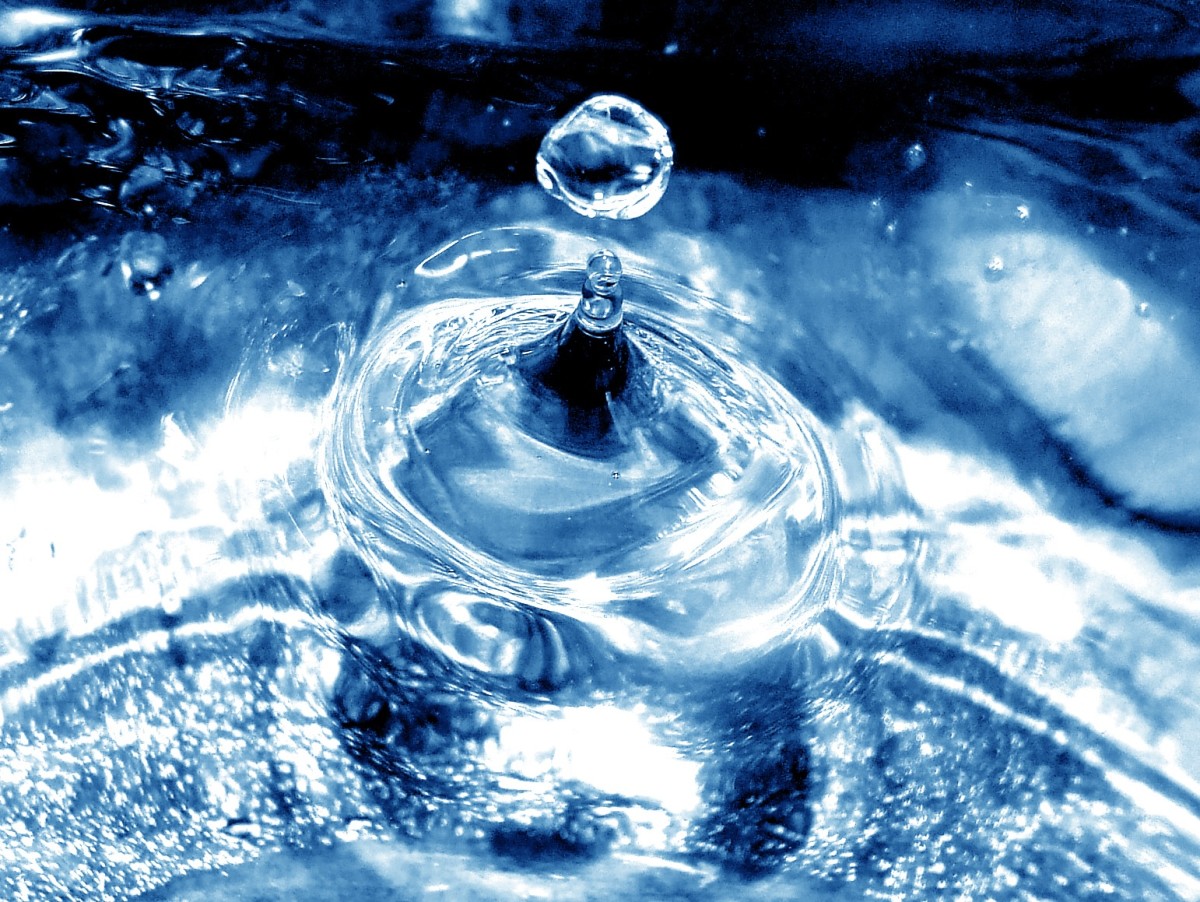Understanding Soil Erosion

By Joan Whetzel
When soil erodes, it usually travels by water or by wind to another location. Where this debris gets deposited can cause problems with obstructed roadways, drainage channels, or river beds. The sediment deposited in any waterway has been known to harm fish habitats as well as spoil the quality of water in streams, lakes, and rivers. The dust stirred up by winds can become a health hazard to humans. Soil erosion cannot be stopped when it's caused by natural occurring events. Soil erosion caused by human interventions in nature can be stopped or, at least, diminished.
What Is Soil Erosion
Soil erosion is a loss of soil, the removal of topsoil, due to natural or manmade events. It contributes to collapse of soil structure, seriously decreasing the nutrients available to plants. Natural causes of soil erosion include moving water (rivers and streams), heavy rainfall and flooding, and wind. Manmade erosion is caused mainly by agriculture (clearing the land for farming), overgrazing, removal of grass and trees along slopes, and by mining activities.
Causes of Erosion
· Water Erosion physically wears away the surface of the earth, removing the topsoil in the process. The amount of erosion by water depends on the amount of rainfall, intensity of run-off, how erodible the soil is, the slope of the land, and the type and amount of vegetation (plants, trees, grass).
· Signs of Water Erosion Include: small channels in the surface of the soil; soil deposits at the base of sloped land; and sediment deposited in waterways (lakes, rivers, reservoirs).
· Wind Erosion erodes the soil by blowing across the surface of the earth. The amount erosion depends on how erodible the soil is, how rough the soil surface is, the regional climate (erodes more in dry seasons and in drought conditions), the amount of unsheltered distance that the wind has to blow over (the distance between windbreaks like mountains, hills, or stands of trees), and vegetation in the from of trees, plants, and grass.
· Signs of Soil Erosion Include: dust clouds, dust devils, soil deposits along fence lines (looks like snowdrifts), or the soil surface has a snowdrift appearance to it.
· Mechanical Erosion wears away the soil while preparing the land for cultivation, removing the crops during harvest, and cultivation practices that remove top soil down slope. It also occurs during mining of hills and mountains, and especially from surface mining.
Spotting Erosion
VisualSpotting of Erosion:
· Taking and comparing aerial photos over time (weeks, months, years).
· Checking for the existence of crusts of algae or moss in desert soils.
· Checking for loss in the thickness of soil.
· Looking for soil deposits along field boundaries.
Physical Indicators of Erosion:
· Measuring for changes in the stability of aggregate under the top soil.
· Measuring an increased depth of channels and gullies produced by run-off.
Chemical Indicators of Erosion:
· The organic matter content of the soil decreases.
· Calcium carbonate content increases in surface soil.
· There is a noticeable change in the soil's ability to hold and release a range of elements (cation-exchange capacity, or CEC).
Biological Indicators of Erosion:
· The amount of living matter (microbial matter) in the soil has decreased.
· The soil's respiration rate (taking in oxygen, releasing carbon dioxide) has decreased.
· Plant remains take much longer to decay, or decompose.
How To Prevent or Reduce Soil Erosion
Conservation measures used to reduce soil erosion by wind and water include changing soil tiling practices, crop harvesting practices, and land management systems to include contour plowing (wind blows in a straight line), terracing (tiered planting along a slope), or strip cropping (alternating strips of tightly sewn crops like wheat, with strips of row crops like corn, beans, cotton, etc.).
Other ways to prevent or reduce soil erosion include:
· Keeping the top soil covered with grass or plants
· Creating a wind barrier with fencing or tree stands.
· Transforming the landscape in ways that control the amounts and rates of runoff.
· Growing winter crops to cover the soil
· Inter-seeding pastureland grasses, to ensure a mixture of grasses that will grow continuously.
· Making sloped surfaces shorter and less steep.
· Increasing the rates that water infiltrates the soil
· Augmenting the stability of the aggregates.
· Increasing the roughness of the soil's surface, which makes it more difficult for the wind to blow smoothly across the surface.
Soil Erosion for Teachers
Check out the following websites, which provide Lesson Plans on Soil Erosion:
Science Net Link
http://sciencenetlinks.com/lessons/soil-erosion/
Scholastic Teacher Lesson Plans.
http://www.scholastic.com/teachers/lesson-plan/erosion
Dirtmeister's Science Lab on Erosion.
http://teacher.scholastic.com/dirt/erosion/tguide.htm
A to Z Teacher's Stuff. Identifying Erosion.
http://atozteacherstuff.com/pages/298.shtml
Also consider the book "The Grapes of Wrath," whose plote revolves around the dust bowl, a sever soil erosion problem that occurred during the first half of the 20th century. Either read the book to your class, watch the movie, or assign it as extra reading to older students.
References
Soil Erosion. Soil Erosion Site.
Ontario Ministry of Agriculture, Food and Rural Affairs. Soil Erosion Causes and Effects.
http://www.omafra.gov.on.ca/english/engineer/facts/87-040.htm
US Department of Agriculture (USDA).Soil Quality Resource Concerns: Soil Erosion.








